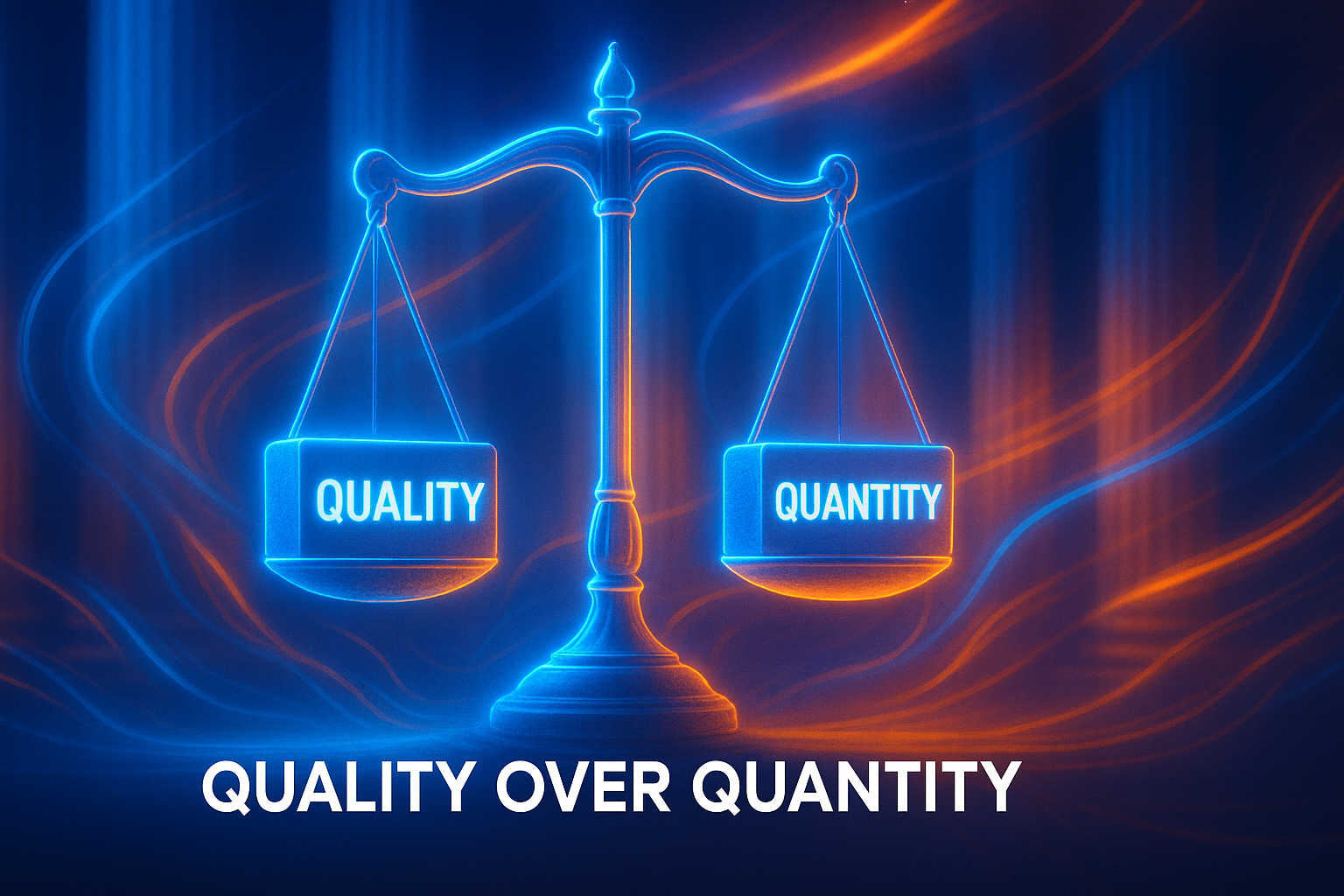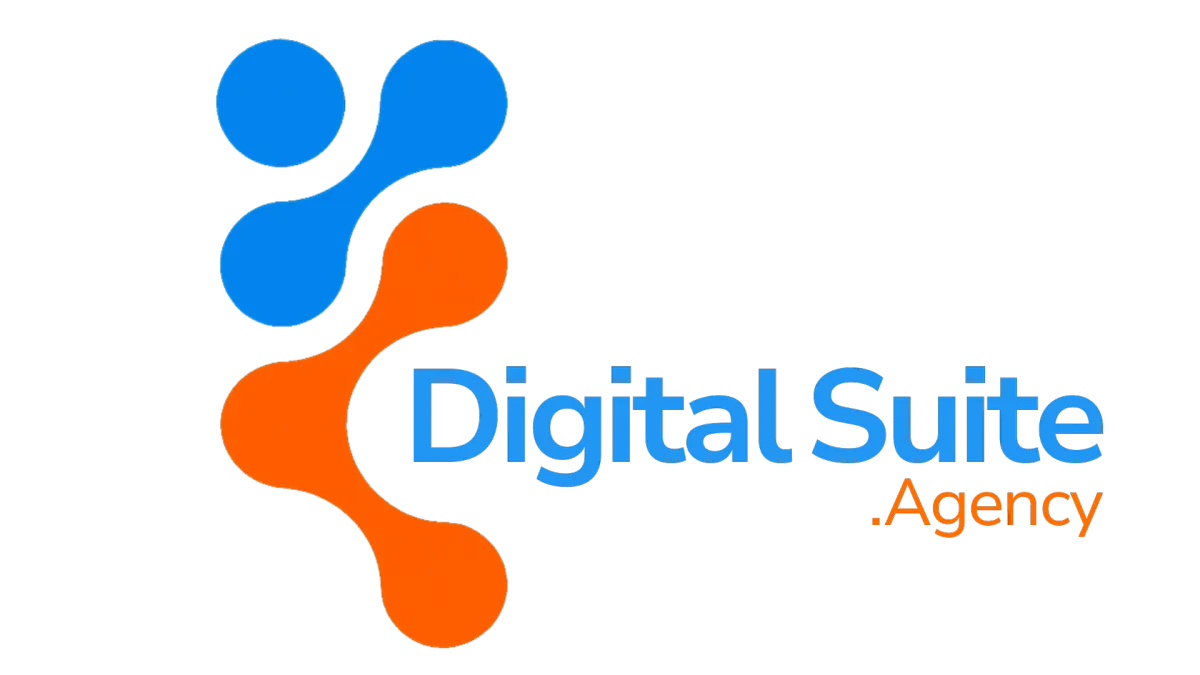
LinkedIn's Fake Growth Problem Hits Law Firms
LinkedIn claims 1.2 billion members. Only 400 million are actually active.
That's not a rounding error. It's a massive credibility gap that changes everything for legal professionals trying to build their practice on the platform. (And before you ask, no, your cousin who signed up in 2009 but hasn't posted since doesn't count as "active.")
The vanity metrics look impressive in press releases, but if only a third of LinkedIn's proclaimed user base is actually there, law firms need to completely rethink their approach.
Firms that are still treating LinkedIn like a billboard are missing the real opportunity.
The Authenticity Opportunity
LinkedIn's crackdown on engagement pods and artificial interactions isn't hurting legal professionals; it's helping them. Research shows 25% of LinkedIn traffic consists of bots. The platform is finally fighting back against fake engagement that has polluted professional networking for years. Turns out those enthusiastic "Great post!" comments from profiles with stock photos weren't from your biggest fans after all.
For legal professionals operating in heavily regulated spaces, this shift toward authentic engagement is actually a competitive advantage.
You can't say just anything in legal marketing, but authenticity becomes your greatest asset when the platform rewards real conversations over artificial metrics.
Translation, Not Transformation
The biggest mistake I see legal professionals making is trying to "do authenticity" like it's a new marketing tactic. Authenticity isn't about oversharing or jumping on trending topics that don't fit your voice. It's about translation, not dumbing down.
This is where smart implementation matters. The firms getting this right aren't spending hours crafting perfect posts. They're using AI to help translate their expertise into relatable content, then adding their human insight and voice. The technology handles the heavy lifting of structure and clarity, while the lawyer provides the perspective, experience, and professional judgment that makes it authentic.
Instead of "statutory obligation," say "legal requirement." Swap "litigation strategy" for "game plan in court." You're still accurate, just more relatable.
When you share insights, focus on the “why” behind your work. Your reasoning, your values, your perspective. Not just the technical process. (Save the Latin phrases for impressing other lawyers at bar association events.)
That's how you stay compliant while sounding like a real human your audience can actually connect with.
The key is maintaining your professional voice while making it accessible. AI can help with the translation, but your expertise and ethical judgment ensure it stays compliant and genuine.
Quality Beats Quantity
LinkedIn's algorithm changes are making organic reach harder, but that's forcing firms to evolve in a good way.
If a post sparks 5 meaningful conversations instead of 500 empty likes, that's a win - especially in the legal space where relationships drive referrals.
This shift levels the playing field for smaller firms and solos willing to show up consistently and authentically. A solo practitioner can post a thoughtful insight over coffee and get more traction than a big firm's polished infographic. People crave connection, not just content.
But here's the reality: most legal professionals don't have time to craft perfect posts daily. That's where intelligent automation becomes crucial. The winning approach combines AI-assisted content creation with human oversight. The lawyer provides the insights, experiences, and professional perspective. The AI helps structure it into engaging, compliant content that sounds authentically like them.
It's not about replacing the human element - it's about amplifying it efficiently.
Real Results From Real Engagement
Take, for example, a solo employment lawyer who swapped her usual "case law update" posts for short reflections on client conversations.
Things like navigating layoffs with empathy or setting boundaries at work. Nothing flashy, just honest professional takes. Within weeks, she started getting DMs from HR leads saying, "I feel like you understand our world. Can we talk?"
That content didn't go viral. But it landed her three new retainers in under two months. Total time investment? About 20 minutes per week.
That's the power of showing up as a human, not just a headline. The technology handled the structure and clarity, but her expertise and voice made it authentic. Viral posts might stroke your ego, but retainers pay your bills.
The Platform's Future
LinkedIn's focus on combating artificial engagement signals a fundamental shift. Quality over quantity isn't just a nice idea anymore.
The platform is prioritizing meaningful interactions over vanity metrics. Active user engagement matters more than total follower counts. For legal professionals, this creates sustainable competitive advantage. You don't need flashy tactics or massive budgets. You need clarity, consistency, and genuine helpfulness.
The firms that lean into this will build deeper trust and stand out far more than those chasing the algorithm. The old "post and hope" method is dead. The new approach treats LinkedIn like a conversation, not a billboard.
People don't hire law firms. They hire lawyers they trust. Trust is built through connection, not just information.
Start from your values, not the algorithm. Use technology to scale your authentic voice, not replace it. That's how you win when authenticity becomes the new competitive advantage.
This is why the smartest legal professionals are embracing hybrid approaches: AI-assisted content creation with human insight and oversight. They're not trying to become social media experts overnight. Instead, they're leveraging technology to amplify their expertise while maintaining the personal touch and professional judgment that builds trust.
The result? Consistent, authentic content that reflects their actual voice and values, without the time drain that keeps most lawyers off LinkedIn entirely.
So here's my question: Are you still posting like it's 2019, hoping someone notices your legal updates in the void? Or are you ready to have actual conversations that turn LinkedIn connections into paying clients?

